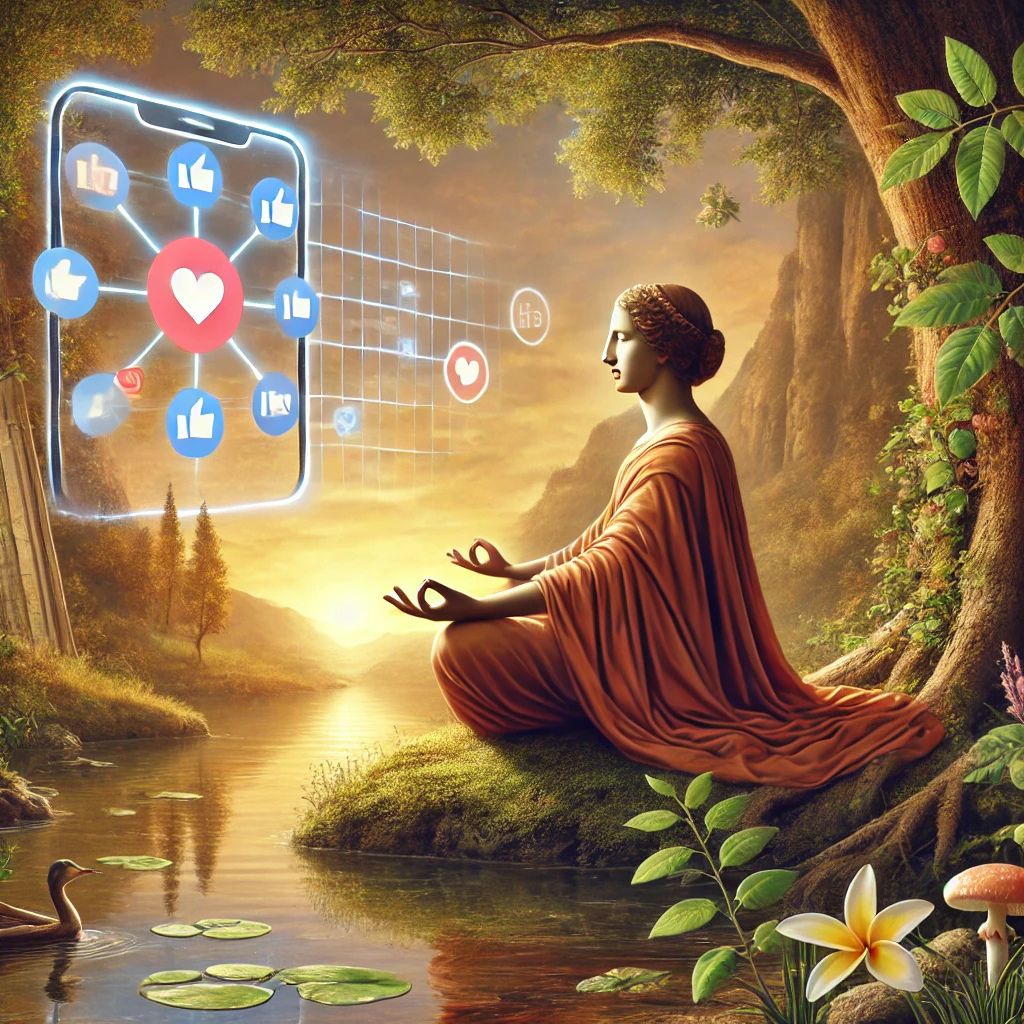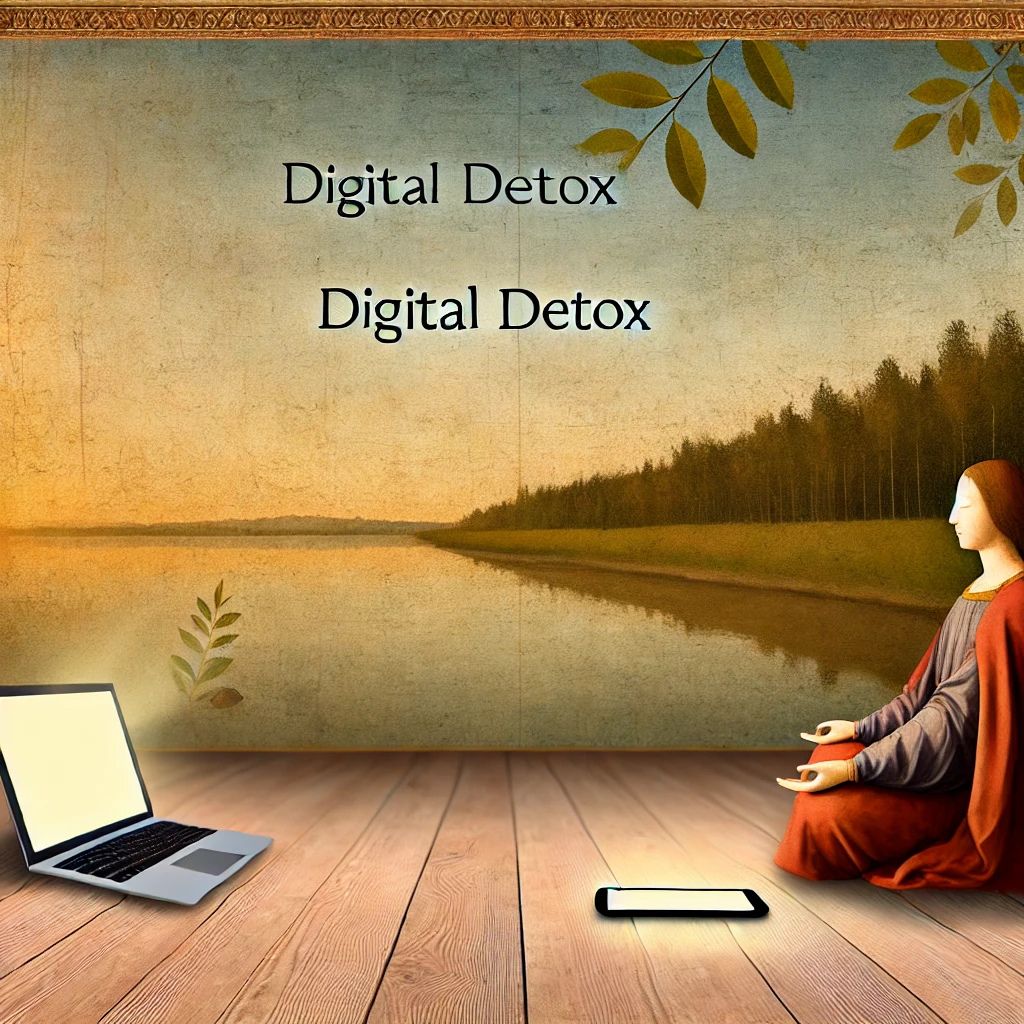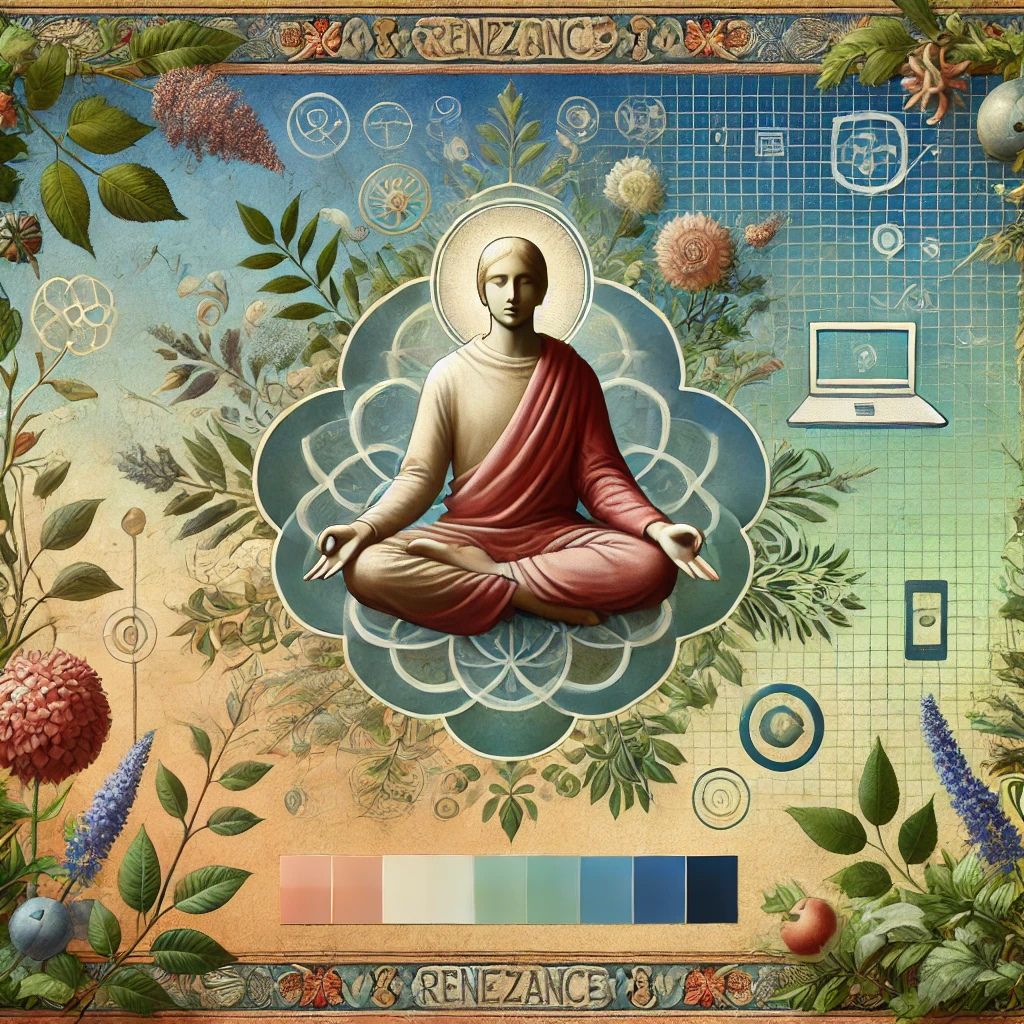Embracing Mindfulness in the Digital Age
In today’s fast-paced digital world, our lives are saturated with screens, notifications, and constant connectivity. This nonstop flow of information can lead to digital fatigue, stress, and burnout. At ReneZance, we believe that the practice of mindfulness isn’t just beneficial—it's essential for maintaining a balanced life in our tech-centric world. Here, we explore the power of mindfulness in helping us stay present, focused, and fulfilled.
1. Recognizing the Impact of Digital Overload
Digital overload is a modern phenomenon caused by excessive use of technology and exposure to information. The continuous barrage of notifications and media can increase stress and make it challenging to focus on meaningful tasks. Being aware of this overload is the first step in regaining control. Studies from Mayo Clinic suggest that taking regular breaks from screens can reduce stress levels and improve productivity.
2. Simple Mindfulness Techniques for Everyday Life
Practicing mindfulness doesn’t require extensive meditation sessions. Incorporating small, mindful activities into your daily routine can make a huge difference. Techniques like deep breathing, mindful walking, and pausing to observe your surroundings can all ground you in the present moment. For practical mindfulness techniques, visit Headspace.
3. Creating Digital Boundaries
Setting boundaries around technology use is critical. Try establishing “device-free zones” in your home or setting specific times to unplug. Consider practicing “digital minimalism” by reducing the number of apps and social media accounts you actively engage with. For strategies on creating boundaries, explore Cal Newport’s work on digital minimalism.
4. Benefits of Mindfulness in the Workplace
Mindfulness can significantly enhance productivity and well-being in professional settings. Research from Harvard Business Review shows that mindful employees tend to perform better, experience less stress, and enjoy improved relationships with colleagues. Companies that prioritize mindfulness report higher employee satisfaction and lower turnover rates.
5. Embracing Mindfulness with Technology
Technology and mindfulness don’t have to be at odds. Digital tools can support mindfulness practices when used intentionally. Apps like Calm and Insight Timer provide guided meditations, while screen-time tracking apps can help you monitor and limit your tech usage. The key is to use technology in a way that enhances, rather than detracts from, your well-being.
Conclusion
Mindfulness is a simple yet powerful tool for navigating the complexities of our digital age. By integrating mindfulness into our daily lives, we can build a balanced relationship with technology, stay present in our interactions, and enjoy a more fulfilling life. Embrace the opportunity to unplug, reflect, and reconnect with the world around you.






